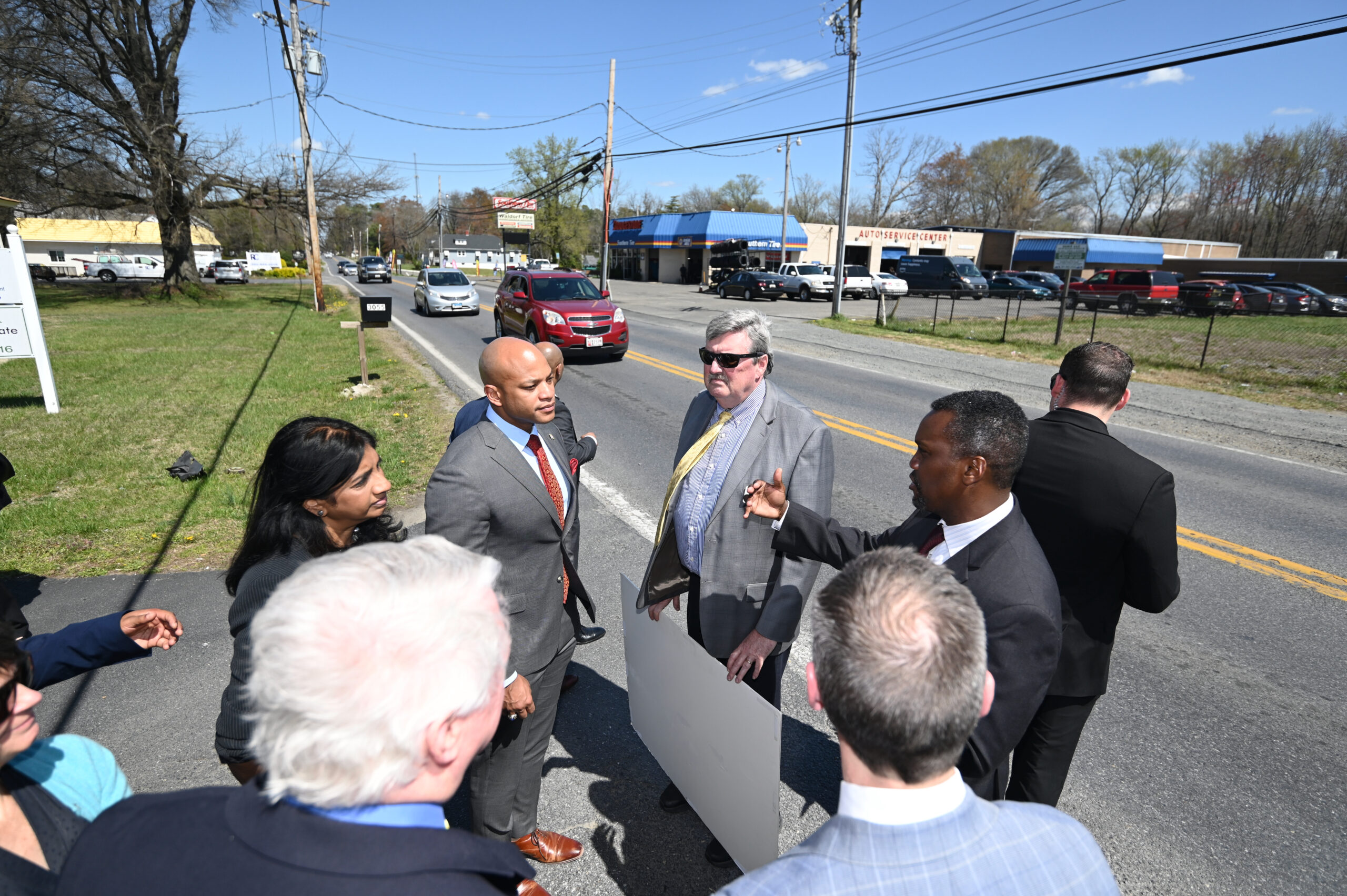Commentary: Does Governor Moore plan to fast-track or slow-walk the Southern Maryland Rapid Transit project?

By Gary V. Hodge
The writer is president of Regional Policy Advisors, vice chair of the Maryland Transit Opportunities Coalition, and a former Charles County commissioner.
During the last 40 years Southern Maryland has come into its own, making a dramatic transformation from one of the poorest and least competitive regions of the state, into one of the most dynamic and prosperous — doubling in population and diversity with a strong economy and steadily expanding opportunity.
Major projects have played a role in the transformation of the region. But as important as these developments have been, none has had a greater impact than bringing rapid transit to Southern Maryland will have on the region’s future quality of life.
The Southern Maryland Rapid Transit (SMRT) project is at a critical moment of opportunity. In the last three years, major breakthroughs have been achieved in Annapolis and Washington. The General Assembly and our congressional delegation have delivered unprecedented policy and funding commitments to make this longstanding regional priority a reality.
In 2021, the legislature passed groundbreaking legislation mandating the Maryland Department of Transportation (MDOT) to promptly complete the design, engineering, and environmental reviews, and secure a federal record-of-decision on the project. In 2022, our federal lawmakers requested $5 million for SMRT that was approved by Congress and matched by the state. Last spring, the legislature appropriated $100 million in the state budget for SMRT and the Red Line in Baltimore.
As a result, this final planning phase of SMRT is fully funded — if MDOT uses the state and federal money to carry out the statutory mandate they’ve been given. In three years, SMRT could be ready to compete for federal construction funds to build a new rapid transit line from the Branch Avenue Metrorail Station to Waldorf and White Plains.
This new, fast, safe and accessible rapid transit service — with light rail the clear preference of the public and elected officials of Prince George’s and Charles counties, and the option best able to meet future ridership projections — will respond to the mobility crisis that a half-million residents of the congested and gridlocked Md. Route 5/U.S. Route 301 highway corridor face every day. Instead of continuing to suffer through one of the worst commutes in the nation, for the first time our citizens could have an alternative.
And SMRT will do more than that. As proven by successful new light rail transit systems across the country, in Charlotte and Phoenix for example, SMRT will be a catalyst for new economic growth, private investment, and good jobs all along its 19-mile route.
But before construction can begin, the state must finish the final planning, design and engineering. An estimated $35 million will be needed in the next three years of the state’s new 6-year, $43 billion capital program to complete this essential work.
In his draft Consolidated Transportation Program, MDOT Secretary Paul Wiedefeld has only allocated $20 million for the SMRT project, spread over the next four years, with only $1.25 million budgeted in the first year.
That’s not good enough. This disappointing level of funding doesn’t reflect the unprecedented policy and funding commitments enacted by the legislature and Congress, making it one of the state’s top transit priorities. It doesn’t reflect the statutory mandate given to MDOT more than two years ago. It doesn’t reflect Gov. Wes Moore‘s commitment to transit and equity, which is especially relevant in this rapidly growing corridor of the State. And it doesn’t reflect the commitment to SMRT that the governor made on April 4 in Waldorf.
In recent weeks, much has been made of a $2 billion “funding gap” in the state’s $43 billion transportation program. The MDOT secretary’s small “initial investment” in SMRT — for planning only — could hardly be considered a contributing factor to this funding gap, even at the $35 million level that’s needed to successfully launch the project and finish the planning phase. The cost of building and operating Maryland’s major transportation facilities has an exponentially greater impact on the capital budget.
In the days ahead the MDOT secretary and his team will travel the state to discuss proposed funding for highway and transit projects like SMRT.
In their meetings with Secretary Wiedefeld, the leaders of Prince George’s and Charles counties should insist on a $35 million allocation, putting the SMRT project on the fast-track for future implementation.
After crawling across a desert of indifference to the mobility crisis in the region during the eight years of the previous administration, in spite of the urgent and growing need for rapid transit service, the time is now for Governor Moore to direct MDOT to fulfill its mandate for action on SMRT.
When the new rapid transit line is built and trains are running, with stops at stations in walkable new mixed-use communities along the way, the Southern Maryland Rapid Transit project will be one of the most transformational economic development projects ever undertaken in the history of Southern Maryland.



